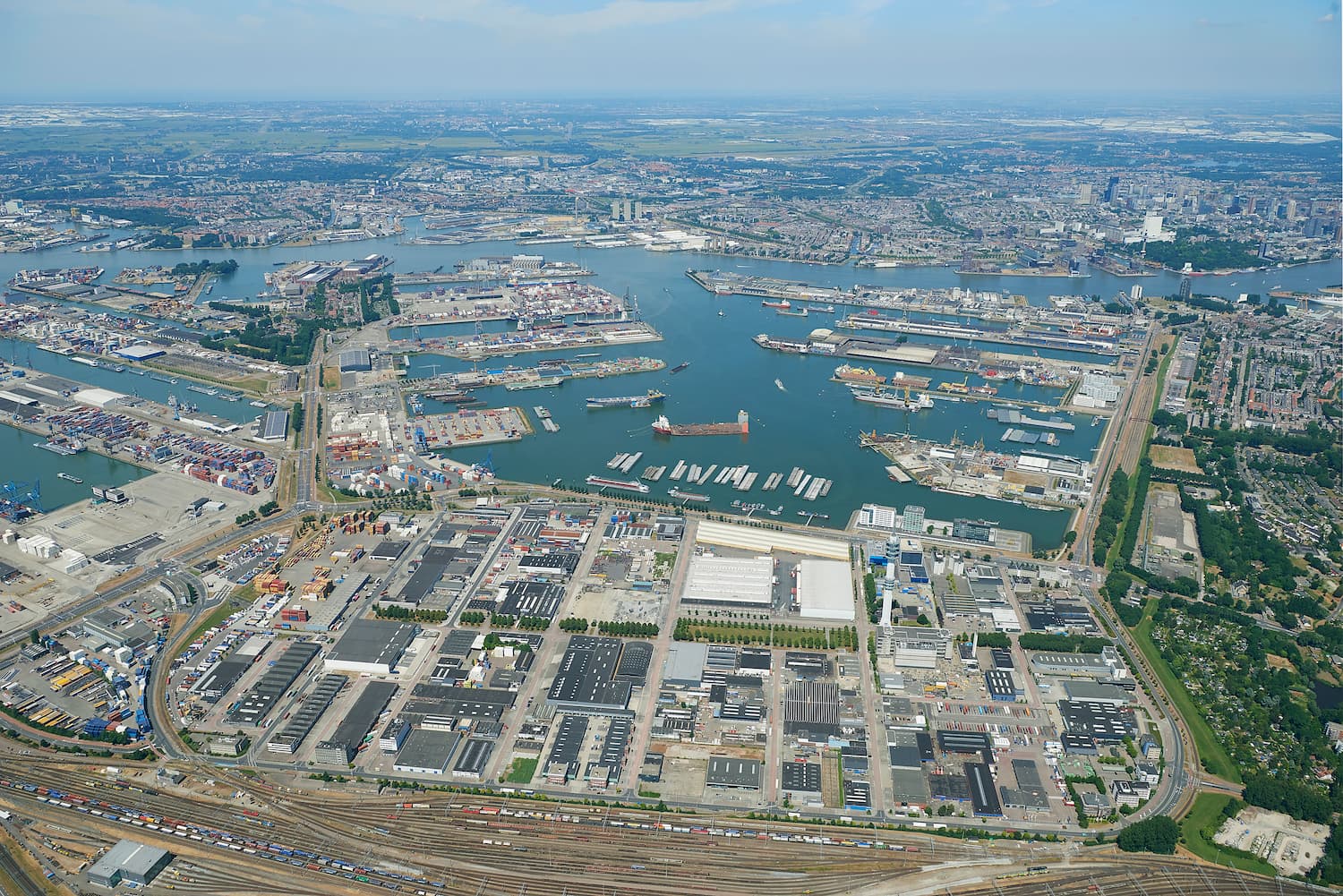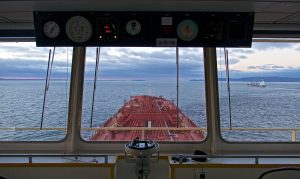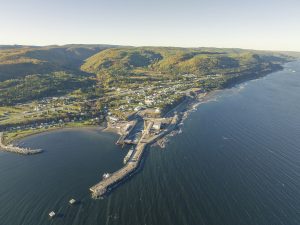European ports must exercise greater awareness in dealing with organized crime that has infiltrated their facilities, urges a report released by Europol. The specialized agency of the European Union called for legislative initiatives at the European level to support the ports and streamline security measures.
“The sheer volume of containers (over 90 million) handled each year, and the low percentage (between 2 and 10 %) that can be physically inspected, makes detection of illicit goods extremely challenging,” Europol noted “With many public and private actors having access to port infrastructure and port information, opportunities for infiltration and facilitation of illicit shipments are manifold.”
Detailing its findings and releasing the 24-page report in The Hague, Europol pointed out that criminal networks are constantly evolving in their techniques as they are increasingly working toward infiltration of and control over major logistical points.
“The Europol report on criminal networks in ports illustrates what we are up against. It lays bare the sophistication of criminal drug gangs, their strength, and their savagery,” said Ylva Johansson, Commissioner for Home Affairs for the European Commission. “The drug traffickers promote corrupt actions and practices sometimes by bribery, sometimes by intimidation. We are working with authorities at all levels to strengthen systems in the fight against the criminal activity this report outlines.”
The analysis was conducted through the Security Steering Committee of the ports of Antwerp, Hamburg/Bremerhaven, and Rotterdam.
Europe’s three biggest ports are among the most targeted for criminal infiltration but organized crime networks are also spreading into smaller ports as a means of avoiding enforcement. In the last few years, it is estimated that at least 200 tons of cocaine have been trafficked through the ports of Amsterdam and Rotterdam alone.
The report finds that the structure of the ports and the nature of their operations makes them vulnerable to infiltration. It highlights the open structure, need for access, growing automation, and a large number of companies and personnel involved in port operations.
“Corruption is a key enabler for criminal infiltration of ports,” the report concludes. “This includes port workers and personnel of shipping companies, freight forwarders/shipping agents, importers, transport companies, terminals, security companies, law enforcement, and customs. Bribery fees may reach hundreds of thousands of euros. The highest fees are paid to essential links in the extraction chain, often crane operators, planners, or employees providing access to information via IT systems. Coordinators of extraction teams receive between 7 to 15 percent of the value of the illicit load.”
The report identifies a few common techniques used in smuggling including “rip-on/rip-off” where the drugs or other items are hidden with legitimate imports and retrieved in or outside the port at the destination. A newer switch method involves moving the drugs between containers during inter-community transport from one EU country to another. However, the gangs are also becoming more sophisticated by cloning containers by using the same registration number of multiple boxes. Such “Trojan horse containers” are used to get extraction teams into the port often hidden inside an export container sometimes days before the arrival of the illicit goods.
(Port of Rotterdam photo)





